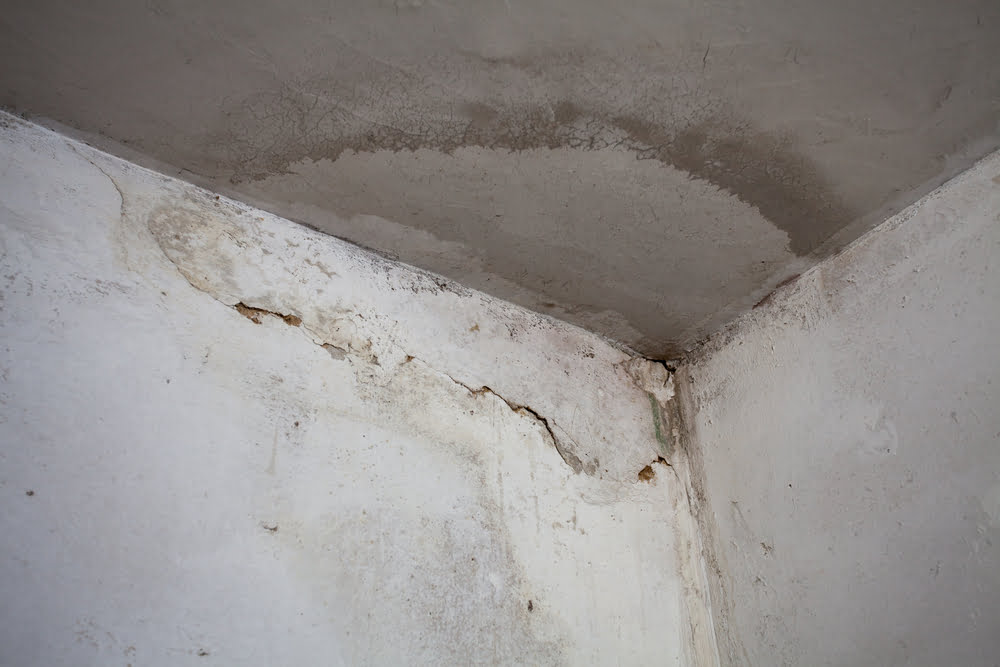A damp ceiling is a common issue in many homes that can cause damage to the structure. It is caused by moisture from outside sources, such as rain or water leaks, condensation from poor ventilation, or inadequate insulation. It can be a serious problem as it often leads to unsightly discolouration and if not treated correctly can cause bigger problems. In some cases, damp ceilings can also cause whole structural damage. To identify the exact cause of damp ceilings, it is important to examine potential sources of moisture and check for signs of water damage. Proper detection, prevention, and repair are needed to ensure the safety and longevity of your home.
Steps for Fixing a Damp Ceiling
-
Knowing the source of the moisture
Knowing the source of the moisture is important to determine the most appropriate and effective way to solve the problem. There are a few ways to identify where the moisture is coming from, such as inspecting for any visible signs of water damage or using specialized equipment like a thermal imaging camera or humidity meter. Once you have identified and fixed the source of moisture, you can then take steps to prevent future dampness.
-
Dry the damaged area
After identifying the source of dampness, it is important to dry the affected area. Use fans and open windows to improve air circulation and remove excess air moisture from the environment. You can also use a moisture meter to check the area to make sure it’s perfect for fixing a damp ceiling.
-
Remove damaged material
Damaged ceilings can be hazardous to your health and safety. Removing damaged ceiling material is an important step in preventing these potential issues. This could include peeling paint or wallpaper, sagging ceiling panels, or damaged drywall. It’s necessary to wear gloves, goggles, and a respirator when removing damaged materials.
-
Repair the ceiling
If you have dampness in your ceiling, it is important to take the necessary steps for repair and restoration. The first step is to identify the source of the dampness and remove any damaged material. Once the area is completely dry, you can begin to repair the ceiling by filling in any gaps or cracks with a filler material. You may also need to apply a sealant or waterproof coating on the damaged area. After all repairs are complete; your ceiling should be ready for painting or other finishing touches.
Why do Professionals need to Repair it?
Professional repairs are necessary for damp ceilings, as improper repair can lead to further damage. When it comes to fixing a damp ceiling, there are several potential causes that need to be identified and addressed. Professional contractors are trained to identify the source of the problem and can help determine the best course of action for repairing the ceiling. If a damp ceiling is not repaired properly, it can cause further damage to your home such as mould or rot. Professional contractors also have access to specialized tools and products that will ensure that any repairs are done correctly and safely. By hiring a professional contractor, you can rest assured knowing that your damp ceiling will be fixed correctly and with minimal disruption to your home.
Get in touch with us today if you’re experiencing a damp ceiling – an experienced and qualified plumber at First Response is available to help you get the problem fixed quickly and professionally.




